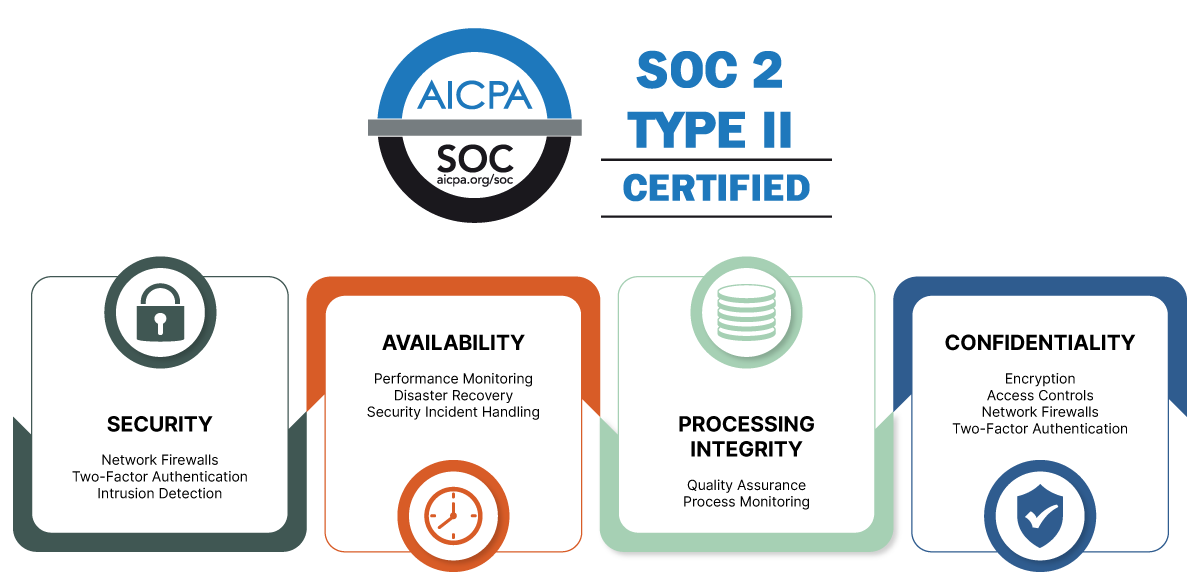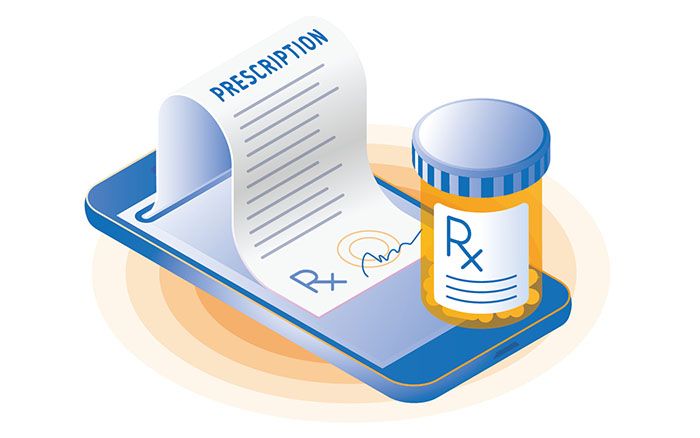Focusing on LGBTQ+ Mental Health in Higher Education
BEYOND BINARY
In the corridors of academia, the journey of LGBTQ+ students unfolds amidst unique challenges that often cast shadows on their mental well-being and academic pursuits.
Navigating a landscape that requires not just intellectual fortitude, but resilience in the face of societal stigmas, these students grapple with a distinct set of mental health struggles. Creating a safe and accepting environment can make a significant difference in LGBTQ+ students’ mental health outcomes.
In this blog, we’ll delve into the following topics:
- LGBTQ+ mental health facts and figures
- The need for inclusive mental health services
- The power of supportive communities
Continue reading and discover the importance of creating a safe space for the mental well-being of LGBTQ+ students in higher education, where acceptance is key to success and growth.
Behind the Figures: A Closer Look at LGBTQ+ Mental Health Realities
The mental health disparities faced by LGBTQ+ students are well-documented. According to the American Psychiatric Association, LGBTQ+ individuals are more likely to experience mental health conditions such as depression, anxiety, and suicidal ideation compared to their heterosexual peers. Specifically, LGBTQ individuals are more than twice as likely as heterosexual men and women to have a mental health disorder during their lifetime. Discrimination, stigma, lack of support, and lack of acceptance contribute significantly to these disparities.
It’s important to delve deeper into these statistics to fully comprehend the challenges faced by LGBTQ+ individuals. Studies have shown that LGBTQ+ youth are four times more likely to attempt suicide than their heterosexual peers. This alarming statistic highlights the urgent need for comprehensive mental health support and intervention programs tailored specifically for LGBTQ+ students on campus.
Furthermore, a lack of acceptance can have a profound impact on the mental well-being of LGBTQ+ individuals. Many LGBTQ+ individuals experience rejection from their families and friends, which can result in feelings of isolation and loneliness. These feelings of social isolation can exacerbate mental health conditions and make it even more challenging for individuals to seek support.
Another significant factor contributing to the mental health disparities is the limited access to LGBTQ+-friendly healthcare providers. LGBTQ+ individuals often face barriers when seeking mental health services, as many healthcare professionals may lack the necessary knowledge and cultural competence to provide appropriate care. This lack of access to affirming and inclusive healthcare can further marginalize LGBTQ+ individuals and hinder their ability to receive the support they need.
Furthermore, the mental health struggles faced by LGBTQ+ students can have a profound impact on their academic performance and overall educational journey. Many LGBTQ+ students report experiencing heightened levels of stress, fear, and isolation, which can contribute to higher dropout rates. For instance, about 1 in 4 LGBTQ+ college students have considered dropping out of college due to mental health issues. It is imperative for educational institutions to proactively address these challenges to ensure LGBTQ+ students have the support they need to succeed.
Understanding these statistics is crucial for educational institutions to recognize the urgency of providing targeted support and interventions for LGBTQ+ students. By addressing the unique mental health needs of LGBTQ+ individuals, educational institutions can create a more inclusive and supportive environment, ultimately improving the overall well-being of LGBTQ+ students.
The Need for Inclusive Mental Health Services
One of the biggest challenges faced by LGBTQ+ students is the scarcity of inclusive mental health services. For instance, according to AAMC, “more than 150 million people live in federally designated mental health professional shortage areas.” Moreover, many mental health professionals may lack knowledge and understanding of LGBTQ+ issues, leading to misdiagnosis or inadequate treatment. This can further exacerbate the struggles these students face and hinder their ability to thrive in an academic setting.
However, the importance of inclusive mental health services cannot be overstated. LGBTQ+ students often experience unique challenges and stressors that can have a significant impact on their mental well-being. From navigating their sexual orientation or gender identity to facing discrimination and prejudice, these individuals require specialized support to address their mental health needs effectively.
By providing inclusive mental health services, educational institutions can address these shortcomings. This involves:
- Training mental health professionals on LGBTQ+ mental health issues
- Ensuring practitioners are equipped to provide appropriate care without bias or discrimination
- Creating safe and welcoming spaces where LGBTQ+ students can openly discuss their concerns and seek help without fear of judgment or rejection
Moreover, inclusive mental health services go beyond just addressing immediate concerns. They play a crucial role in promoting long-term mental wellness and resilience among LGBTQ+ students. By providing access to counseling, therapy, and support groups specifically tailored to their needs, educational institutions can empower these students to develop healthy coping mechanisms, build self-esteem, and foster a sense of belonging.
The Power of Supportive Communities
Supportive communities play an integral role in LGBTQ+ students’ mental health. Having a network of friends, peers, and mentors who understand and accept their identity can provide a sense of belonging and emotional support. It’s essential for LGBTQ+ students to have a safe space where they can freely express themselves without fear of judgment or discrimination.
Unfortunately, not all LGBTQ+ students have access to such communities. Some may come from conservative backgrounds or live in areas where LGBTQ+ acceptance is limited. These students often face isolation and loneliness, which can have detrimental effects on their mental well-being. To combat these issues, 22% of LGBTQ+ people picked a college that was far from home to find a more welcoming environment. Without a support system, they may struggle with self-acceptance and experience higher rates of depression and anxiety.
Educational institutions play a crucial role in fostering supportive communities for LGBTQ+ students. By creating LGBTQ+ student organizations, support groups, and gender-inclusive housing, universities and colleges can provide a platform for students to connect with like-minded individuals, share experiences, and seek guidance. These spaces offer a sense of belonging and validation, which can significantly improve mental health outcomes.
Moreover, it is not enough to merely establish these organizations; educational institutions must also ensure that they’re inclusive and welcoming. Providing LGBTQ+ cultural competency training to faculty, staff, and students is vital in creating a more accepting campus environment. This training equips individuals with the knowledge and understanding necessary to support and advocate for students effectively.
Key Takeaways
The mental health struggles faced by LGBTQ+ students are profound and multifaceted, rooted in societal challenges, discrimination, and a lack of understanding. The stark statistics highlight the urgent need for comprehensive support systems within educational institutions. By recognizing and addressing these unique challenges, we can pave the way for a more inclusive and affirming environment.
Take your counseling center to new heights and better serve your students. Learn more about supporting students across campus.














